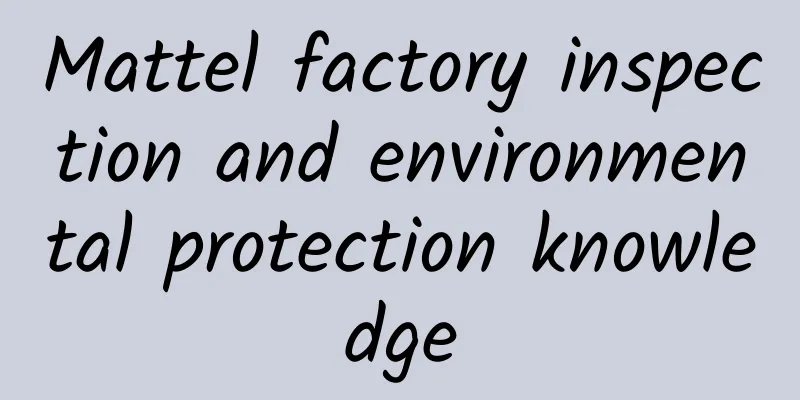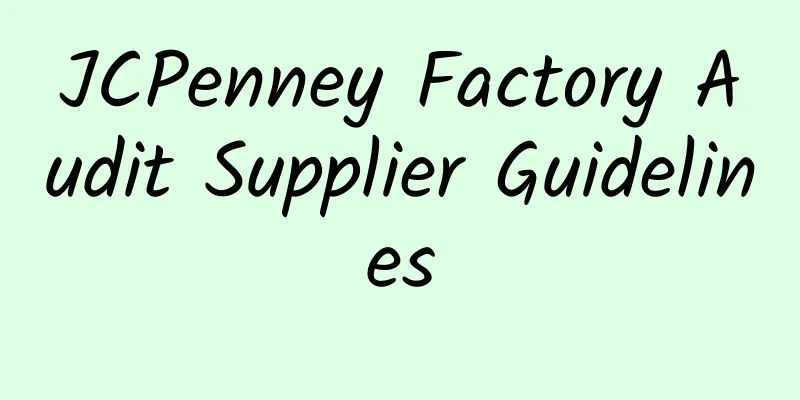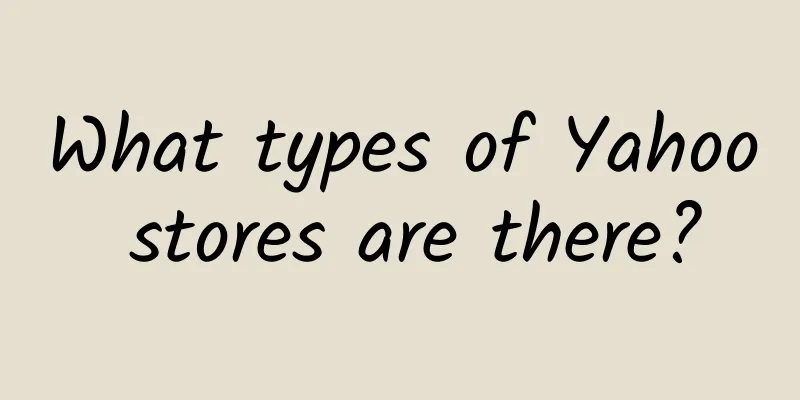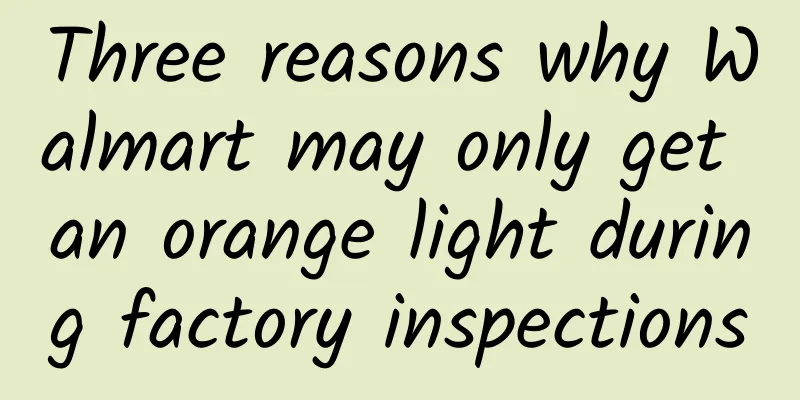Mattel factory inspection and environmental protection knowledge

|
Mattel factory inspection and environmental protection knowledge •Are hazardous wastes generated by the factory properly handled?
|
<<: Mattel Factory Inspection/Factory Health Special
>>: Mattel Factory Inspection Operation Instructions
Recommend
VF Factory Audit Supplier Production Code
VF Factory Audit Supplier Production Code applies...
What is Etsy Wholesale? How did Etsy Wholesale develop?
EtsyWholesale was launched by Etsy in August 2014...
What is the Customs Lawyer Network? What are the functions of the Customs Lawyer Network?
What is the Customs Lawyer Network? The Customs L...
The correct way to sell products on eBay’s US official website!
eBay US is a huge consumer market. What should yo...
What is Merge? What are the benefits of using Merge?
One quick and easy Amazon trick every day. Today ...
The latest Wal-Mart social responsibility factory audit rating details (green light, yellow light, red light)
1. Subcontractor Part: 1.1. Using contractors to ...
What are the common problems encountered in FDA certification and CE certification?
Yesterday we learned what FDA certification is an...
What types of Yahoo stores are there?
What types of Yahoo stores are there? Simple vers...
Special training session in Ningbo and Ninghai was carried out smoothly
Ningbo Ninghai special training was successfully ...
Bizviet.net-Foreign trade B2B website
What is Bizviet.net? Vietnam Bizviet.net Foreign ...
Brief Introduction of Paris Spring Department Store (Factory Inspection) Group
Brief Introduction of Printemps Department Store ...
Spokeo—Foreign personal information search engine
Spokeo, a foreign personal information search eng...
Benefits of WCA factory audit
Is it useful for factories to pass the WCA factor...
What products sell well on eBay Australia?
Australia's eBay auctions are actually largel...
Let me tell you - the process of opening a store on eBay
What is eBay? eBay: The world's leading onlin...









